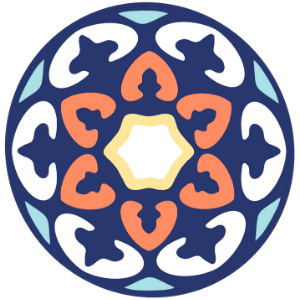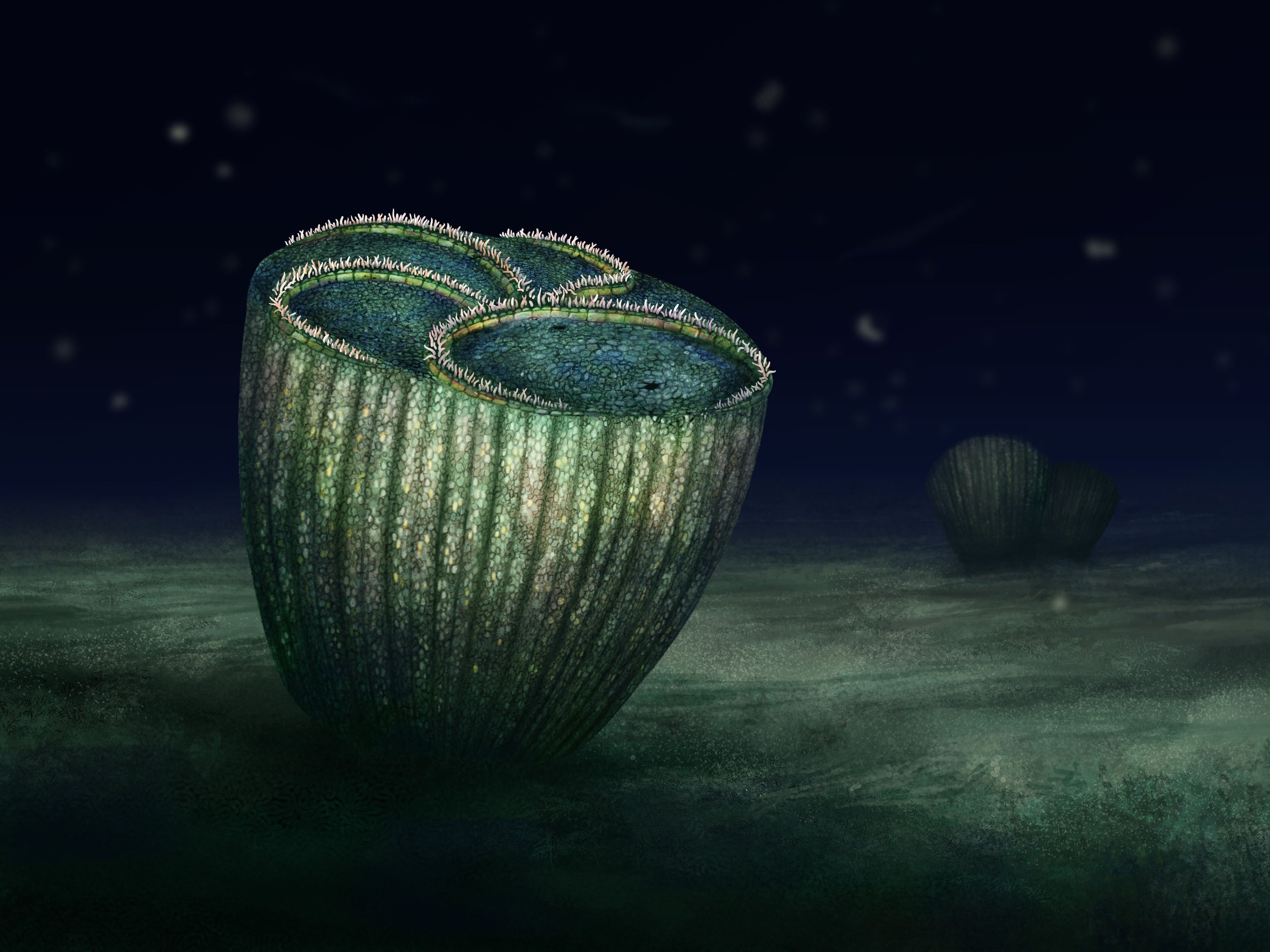Interview: Franz Anthony
Franz Anthony is a scientific illustrator, graphic designe and self described “invertebrate shitposter.” I’ve been following his twitter account and I am always delighted to learn something new and see his beautiful illustrations. When I started getting more serious about wanting to know more about the deep-sea and ocean education, his twitter account made it feel really approachable and fun. I hope you also enjoy his work and getting to know more about him!
Tell us a little bit about yourself, your name and what do you do?
My name is Franz Anthony, a freelance illustrator/graphic designer, but people seem to know me as the guy who tweets too much about crabs.
Have you always been artistic? Why or why not?
I’m one of those nerds who have been drawing since we were kids. I’m drawn to shapes and colors, so drawing animals has always felt natural to me.
What materials do you use to create your artwork? Is there a certain material you prefer?
I used to do a lot of things, from color pencils to watercolor and sometimes oil. But since I finished my first degree, I’ve always had to move a lot so I’ve switched to fully digital since. It’s amazing what people can do with a slab of metal in their backpack these days.
Was there someone or something that impacted your decision in creating scientific illustrations?
My first full-time job was as a designer in a branding company. I realized that visual communication has the power to sell people things and ideas they don’t need. So I thought, why not convince random people on the internet to love some weird bugs or slugs?
Which is your favorite animal and why?
Oh my, this is always the hardest question to answer. It varies a lot depending on what I’ve been reading or watching lately, but in general, I like excessive body parts: spikes, horns, tentacles, shells, and all that. The more alien they feel, the more excited I get. Lately, I’ve been working on a series of guides for drawing snails and I’m obsessed with worm snails—they’re snails with shells that coil in random directions that live cemented to hard surface, just like corals. They’re breaking expectations of what you think snails could or should be.
Which has been the most fun animal you have illustrated?
I’ve had the privilege to illustrate a book about glowing organisms called “Luz propia: Un libro sobre seres que brillan.” The book covers various species, including deep-sea creatures like squid, jellyfish, and shrimp. The animals look interesting on their own, sure. But the publisher went the extra mile by printing the book with glow-in-the-dark ink, which is probably the closest you can get to having a glowing squid at home!
Which has been the hardest and why?
I don’t think I could point to a specific animal to answer this question, every project has its own unique challenge! But I’ve been working on a series of guides on how to draw marine invertebrates since 2021, jumping from crabs to bivalves, trilobites, crinoids, cephalopods, and now snails. Some of those groups I’m already familiar with, others, not so much. The biggest challenge, for me, is reading scientific papers about the groups I’m not used to and getting used to their jargons and anatomical quirks. Then I have to translate them into simplified guides that, hopefully, make sense to anyone without having to read anything else beforehand. Luckily I always have collaborators who are truly experts in each animal group. They help me so much in understanding the anatomical quirks that are so foreign to us humans.
What is something weird or funny you have encountered?
Every now and then, the internet learns about carcinization—the process where every now and then different crustacean groups evolve into crabs. It’s gone mildly viral a few times in the past, but never as much as mid-2020, when suddenly people were all talking about it. When it happened, I was actually in the middle of an assignment from PBS Eons for their video on the topic. By the time the video was published in October 2020, everyone was in the mood for crab memes so the view counts skyrocketed immediately. I never thought so many people on the internet would understand crab jokes, it was great.
What advice/tips would you give people of all ages interested in going into a scientific illustration career?
I know it sounds like a cliche, but go outside and look around you! It’s easy to be in awe of creatures that live far away from where you are—but remember, what’s common and normal for you is a novelty to people on the other side of the planet. Especially if you live in the tropics, there’s a huge chance you’ll be the first person to photograph a plant or insect even though they literally live in your backyard. There’s a lot to learn from your local species, and there’s a lot more to discover than the big and the famous.
Psst, join iNaturalist.
If you were a deep-sea creature, what would you be and why?
Oh, to be a sea pig, sitting in the deep dark without fears or worries, with a crab sidekick clinging on my side.








